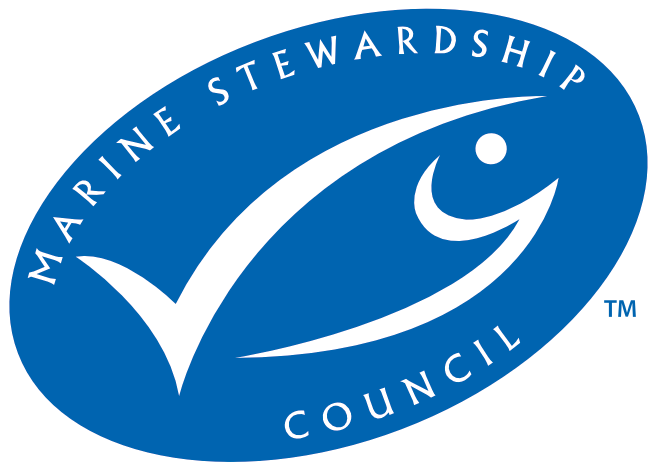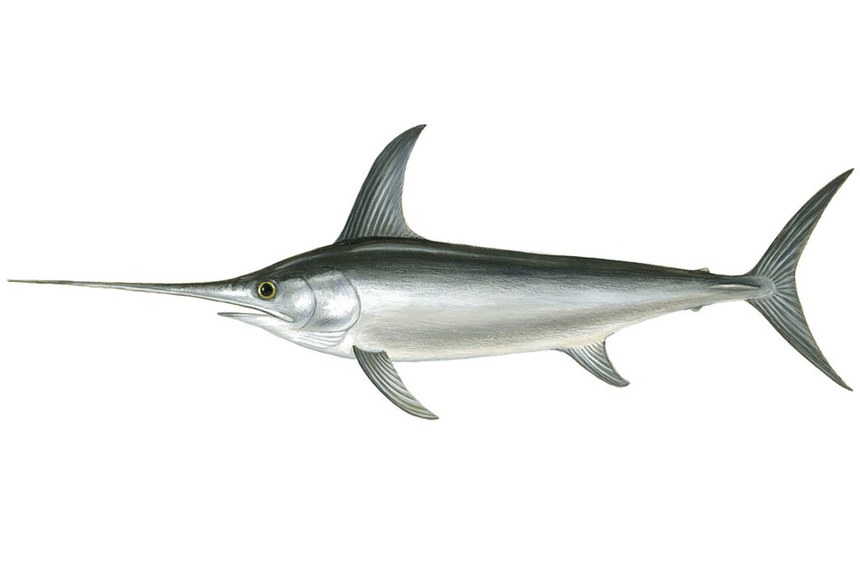
- Certifier :
- LRQA (Seafood) Limited
- Certified status :
- Certified
- Certified since :
- 28 Mar 2013
- Certificate expires :
- 13 Feb 2029
Overview
Fisheries are composed of one or more parts, each of which is entitled to receive an MSC certificate. These parts or “units” are defined by their target stock(s), fishing gear type(s) and if relevant vessel type(s), and the fishing fleets or groups of vessels.
When the term “Unit of Certification” is used for fishing units that are in assessment, it refers to the “Unit of Assessment” or “Unit of potential certification”. Expand a status below to view the parts that form this fishery. To check the detailed scope, download the latest certificate or open the Assessments page to get the latest report. Find out more by visiting our page on Fisheries
Catch by Species
| Species | Reported Catch Year | Metric Tonnes |
|---|---|---|
| Albacore tuna (Thunnus alalunga) | 2020 | 278.5 |
| Yellowfin tuna (Thunnus albacares) | 2020 | 767.3 |
| Swordfish (Xiphias gladius) | 2020 | 954 |
Information is provided by an independent Conformity Assessment Body as live weight (the weight of species at the time of catch, before processing) and where a fishing season covers multiple years, the end year is given as the reported catch year. Additional information is available in the latest report, see the assessments page.
About this Fishery
NOTE: this fishery now includes the Southeast US North Atlantic swordfish
This North Atlantic fishery targets the broadbill swordfish, and has been certified as sustainable since 2013.
Swordfish are distributed widely in the Atlantic Ocean and Mediterranean Sea. Larger individuals are found in deeper colder waters, and males are more prevalent in warmer waters. They mostly spawn in the western warm tropical and subtropical waters. Swordfish can reach a weight of more than 500kg – females grow faster than males, and reach a larger maximum size. They can live up to 15 years.
Two methods are used to catch them in this fishery: pelagic longlines, and handgear buoy lines. Pelagic longlines are from 5 to 40 miles in length, with 20 to 30 hooks per mile. Lightsticks, which contain chemicals that emit a glowing light, are often used for targeting swordfish – they attract baitfish which may, in turn, attract pelagic predators.
The lines are generally deployed at sunset and hauled at sunrise, reflecting the nocturnal near-surface fishing habits of swordfish. Except for boats taking extended trips into distant waters, the fleet usually target swordfish when the moon is full, to take advantage of increased surface densities of pelagic species.
Buoy gear consists of one or more floatation devices supporting a single mainline to which no more than two hooks are attached. This type of fishing also usually takes place at night.
Broadbill swordfish (Xiphias gladius) image © Scandinavian Fishing Year Book
Market Information
The swordfish from this fishery goes to the US fresh market.
